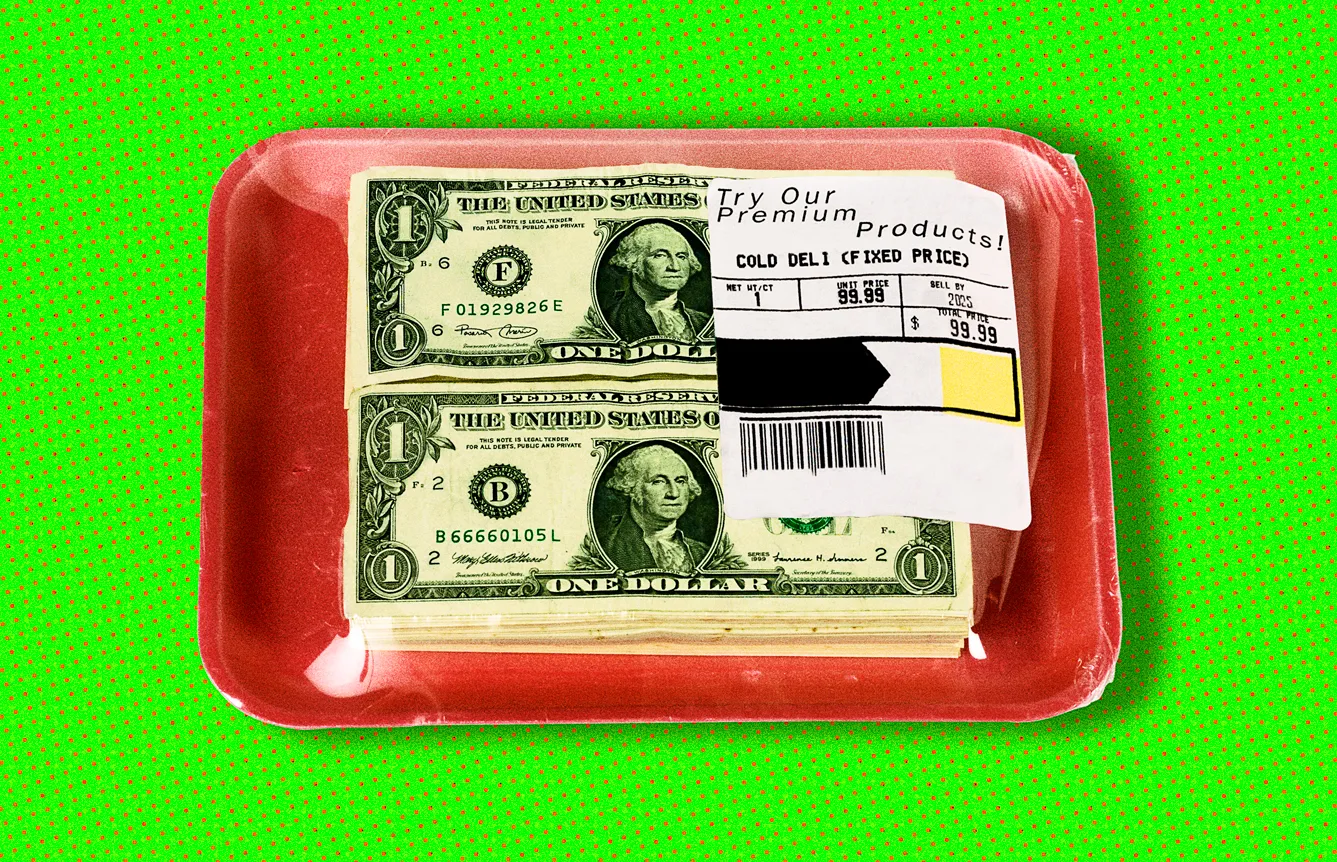Tariff Timing: When and Where Prices Will Rise First

President Donald Trump’s recent announcement of sweeping tariffs has sent shockwaves through the economy, impacting both the stock market and everyday consumers. The tariffs, which range from 10% on all foreign goods to higher rates on goods from specific trading partners like China and the European Union, have already had significant consequences.
The financial markets reacted immediately to the news, with major indices like the S&P 500, Nasdaq Composite, and Russell 2000 all hitting 52-week lows before bouncing back slightly. The volatility index, VIX, spiked as uncertainty and fear gripped investors. Over just two days, U.S. stock prices plummeted by $6.6 trillion, marking the largest two-day decline on record. Analysts from Goldman Sachs and JPMorgan Chase have also revised their recession probability assessments, with estimates ranging from 45% to 60%.
The impact of these tariffs extends beyond Wall Street, affecting everyday consumers as well. Prices of imported goods are expected to rise, leading to higher costs for a wide range of products. While the extent of price increases will vary depending on the item and supply chain dynamics, experts warn that American-made products may also see price hikes as domestic businesses adjust to changes in the market.
According to projections, Trump’s tariffs could generate over $2.8 trillion in revenue over the next decade but may also reduce the gross domestic product by 0.7%. The immediate effect on consumers is an expected inflation rate increase of 2.3%, translating to a loss of nearly $3,800 in spending power per household annually.
The impact of these tariffs will be felt across all income levels, with lower-income individuals likely facing greater challenges due to their tighter budgets and higher consumption of physical goods. Clothing, food, and cars are among the most affected categories, with prices expected to rise significantly. Apparel prices could jump by 20%, food prices by 2.8%, and automobile costs by 8.4%.
Groceries, particularly fresh produce, are expected to see the first noticeable price hikes due to the perishable nature of these items. Durable goods like automobiles and home appliances may take longer to reflect tariff increases, as businesses may still have inventory imported before the tariffs took effect.
In conclusion, the impact of Trump’s tariffs will be widespread and unavoidable. While the full extent of the consequences remains uncertain, consumers can expect to see rising prices on a variety of goods in the coming months. As the trade war escalates, experts warn that there may be no escape from the financial repercussions.





